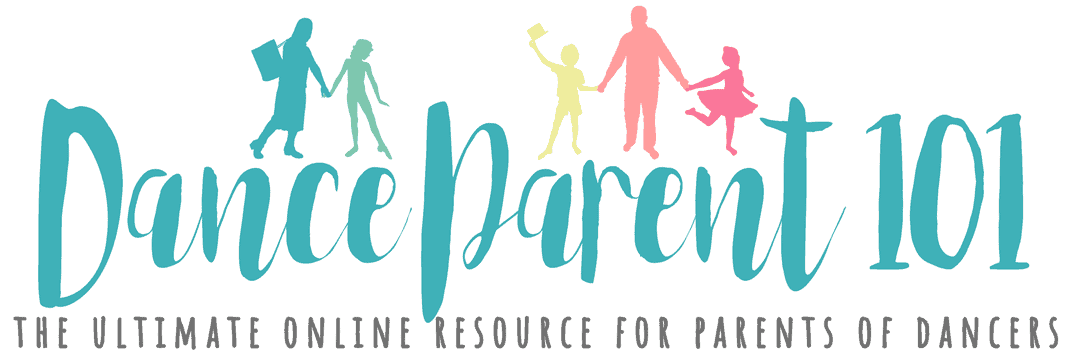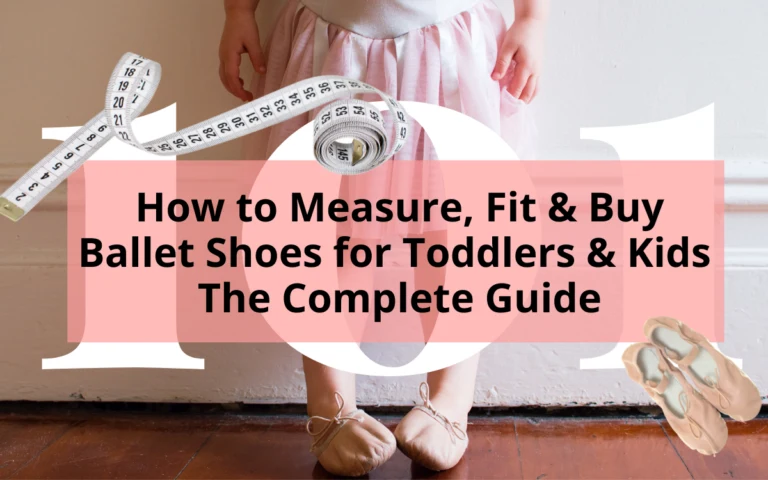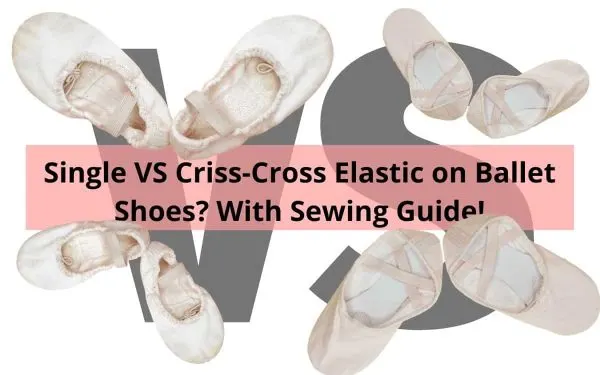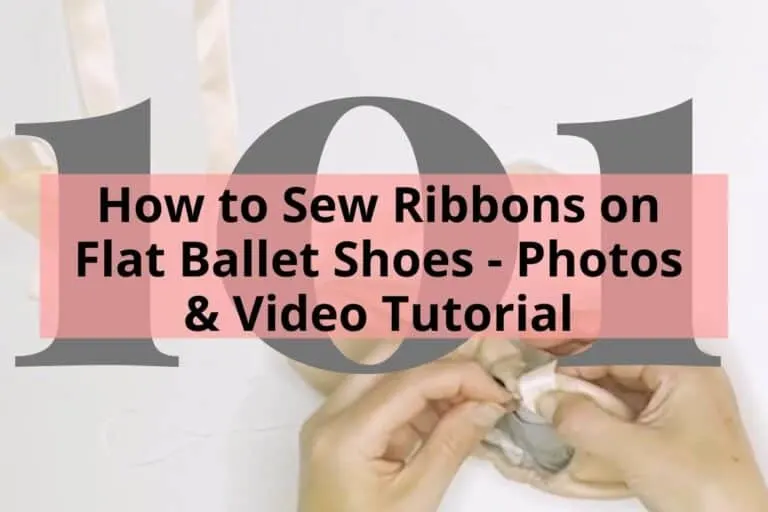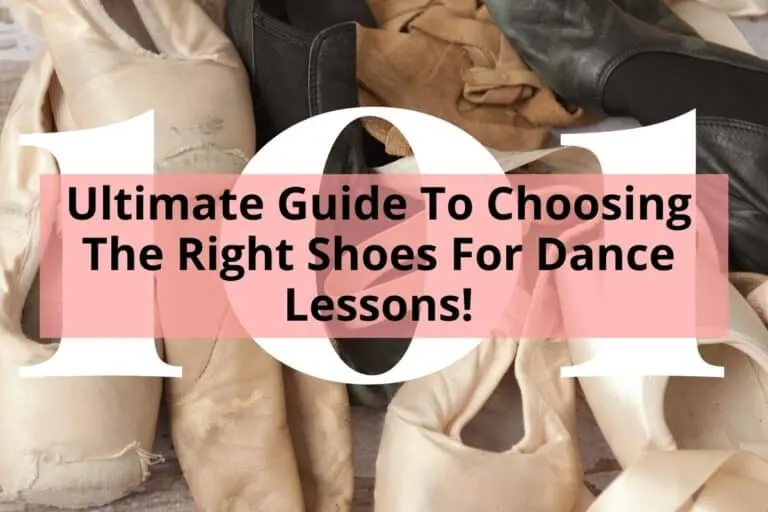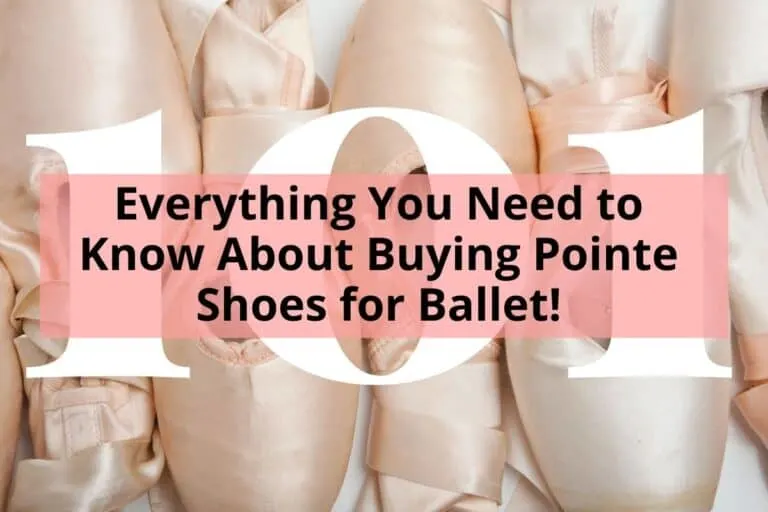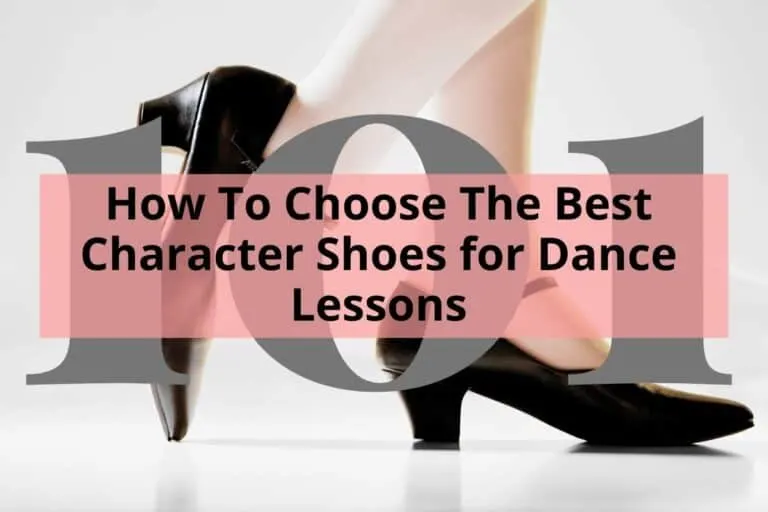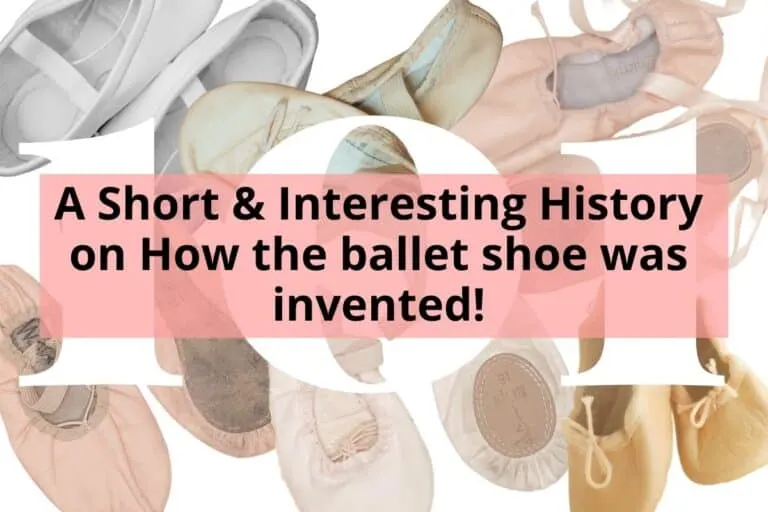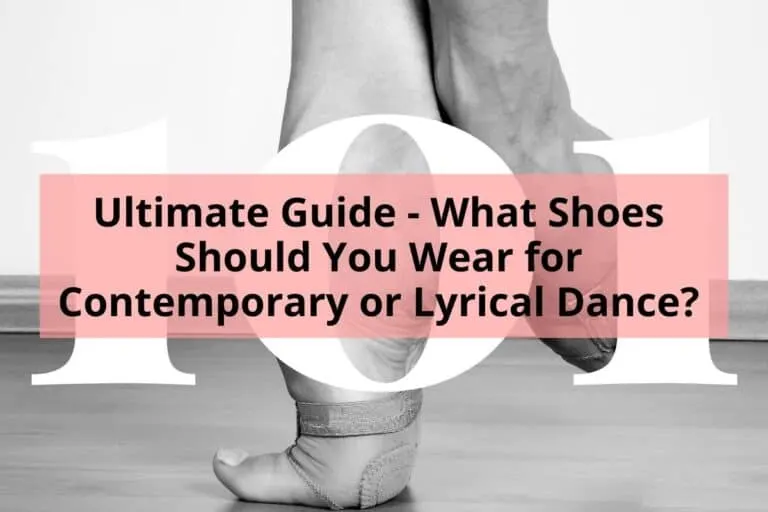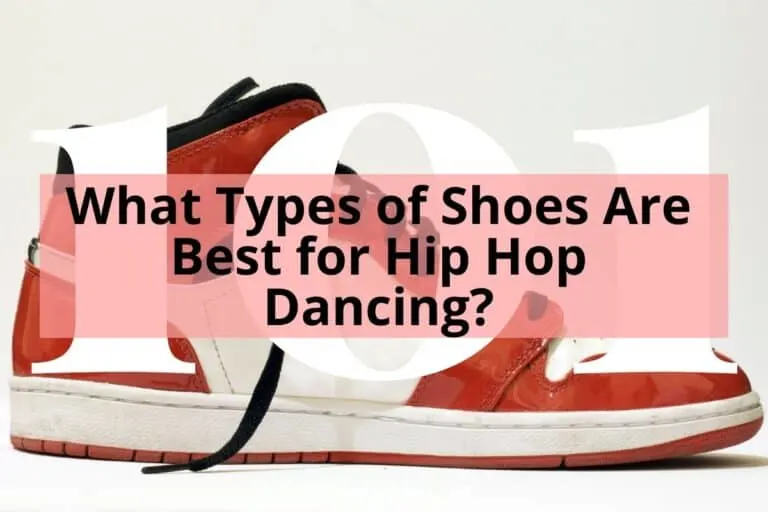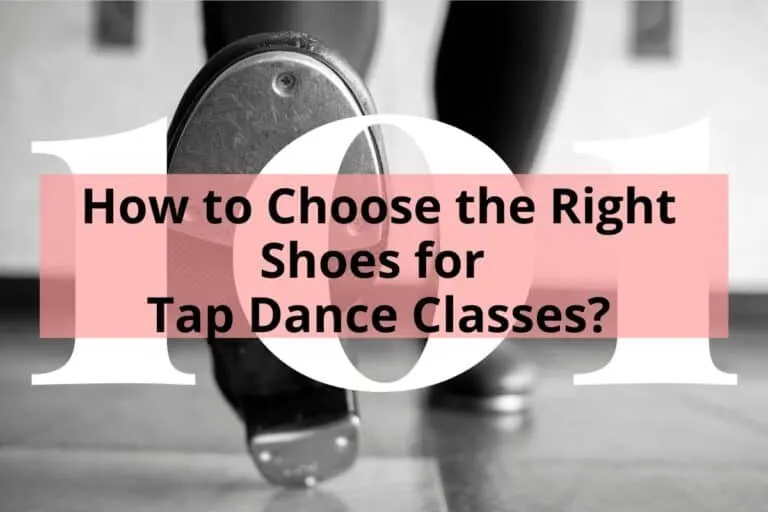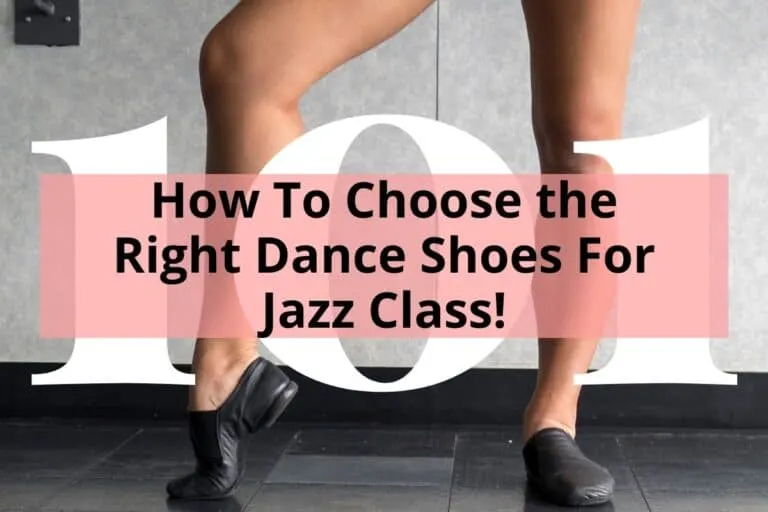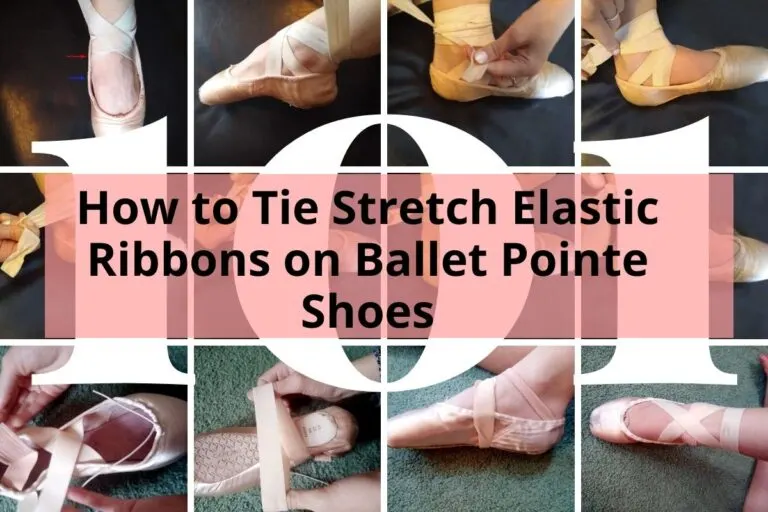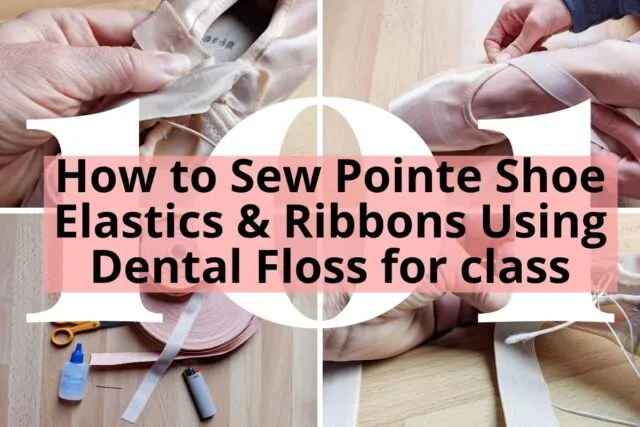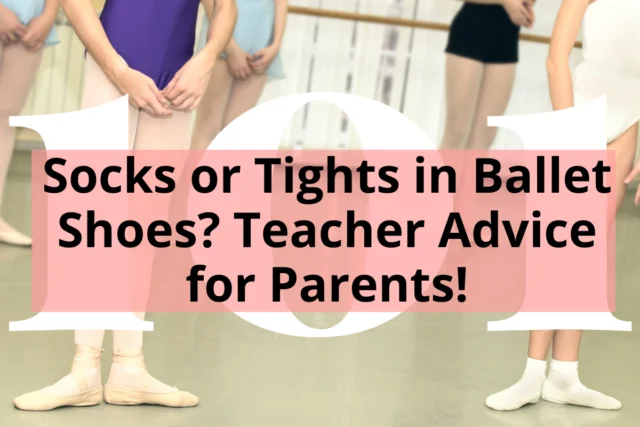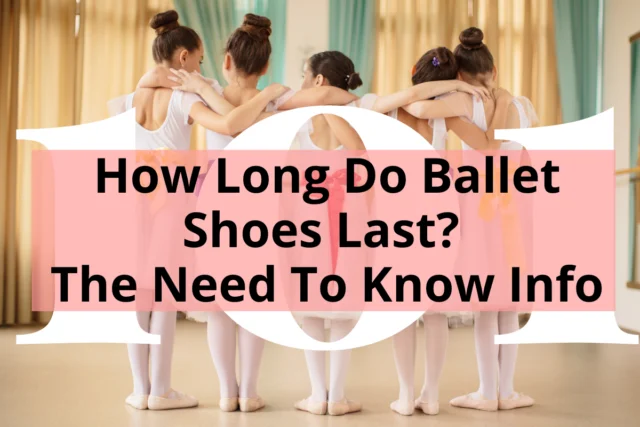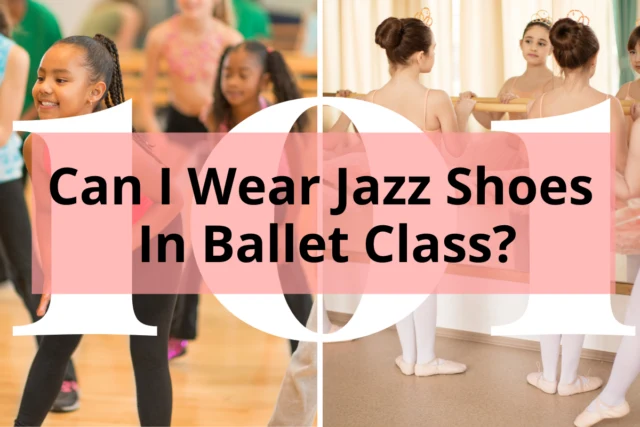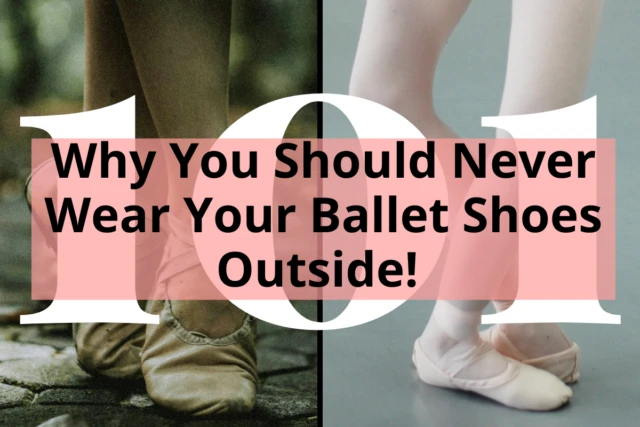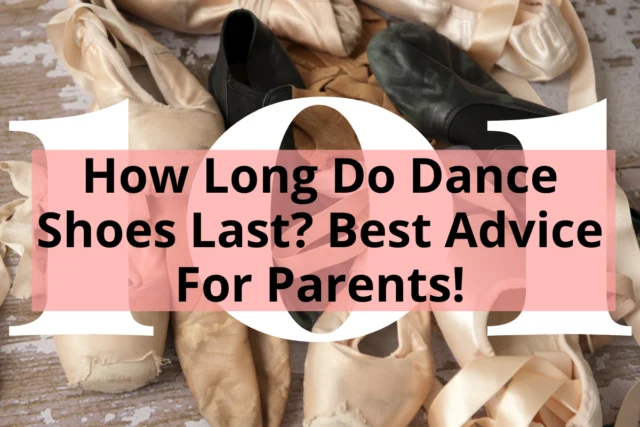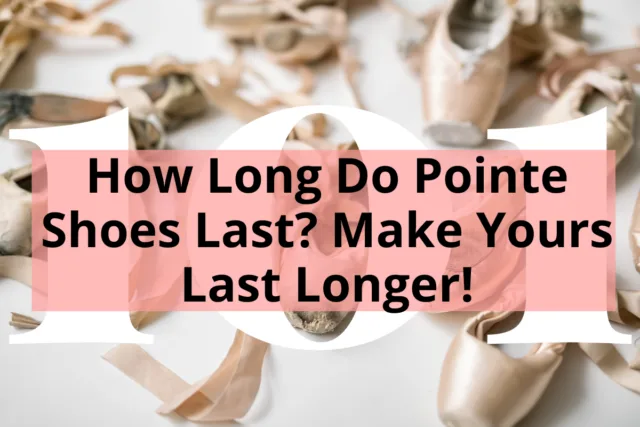By Lesley Mealor / Edited by Samantha Bellerose, B.Ed, Dip.Dance(Performing Arts)
Most likely one of the first items any dance parent or beginning dancer will have to purchase is a pair of ballet shoes. Dance studios typically have a uniform policy and for ballet class that will include ballet shoes! Ballet shoes come in a variety of materials, styles, and colors, and all of these choices can be overwhelming to a first-time dancer or dance parent.
The best shoes for ballet class have a snug fit, and are made of leather or canvas. Depending on the dancer’s age and level, you will choose between full sole or split-sole flat ballet shoes. Do not buy synthetic or pretty sateen ballet slippers or pointe shoes.
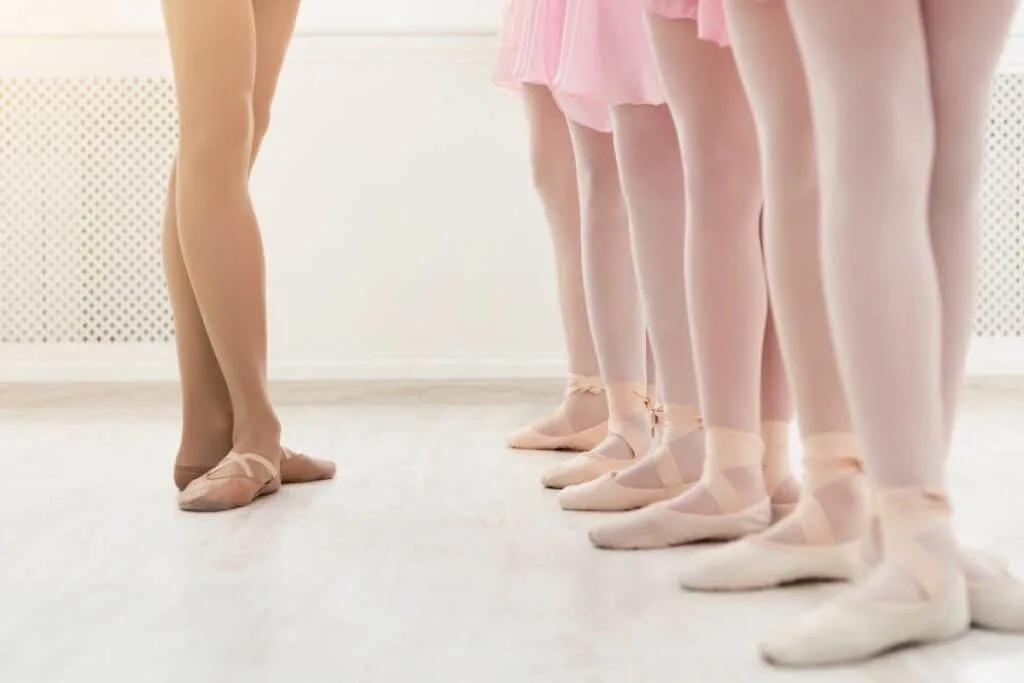
All studios will have their own set of requirements for attire and footwear, so be sure to check with your studio for their dress code, but this guide will help you become well-versed in the lingo of the ballet shoe world so you can make the right decision for your dancer! If you are after more information after reading this article about how to buy ballet shoes for your toddler or kid check out our article here!
- What Is a Full-Sole Ballet Shoe?
- What Is a Split-Sole Ballet Shoe?
- Should I Choose Leather or Canvas Ballet Shoes – The Pros and Cons?
- Are Ballet Shoes Supposed To Be Tight?
- Does the Color of Ballet Shoes Matter?
- What Kind of Ballet Shoe Is Best For a Beginner Child?
- How much should Ballet Shoes cost?
- New technology In Ballet Shoe Design
- The “Ballet Shoes” You Should Not Buy!
- Some final advice on purchasing your Ballet Shoes
What Is a Full-Sole Ballet Shoe?
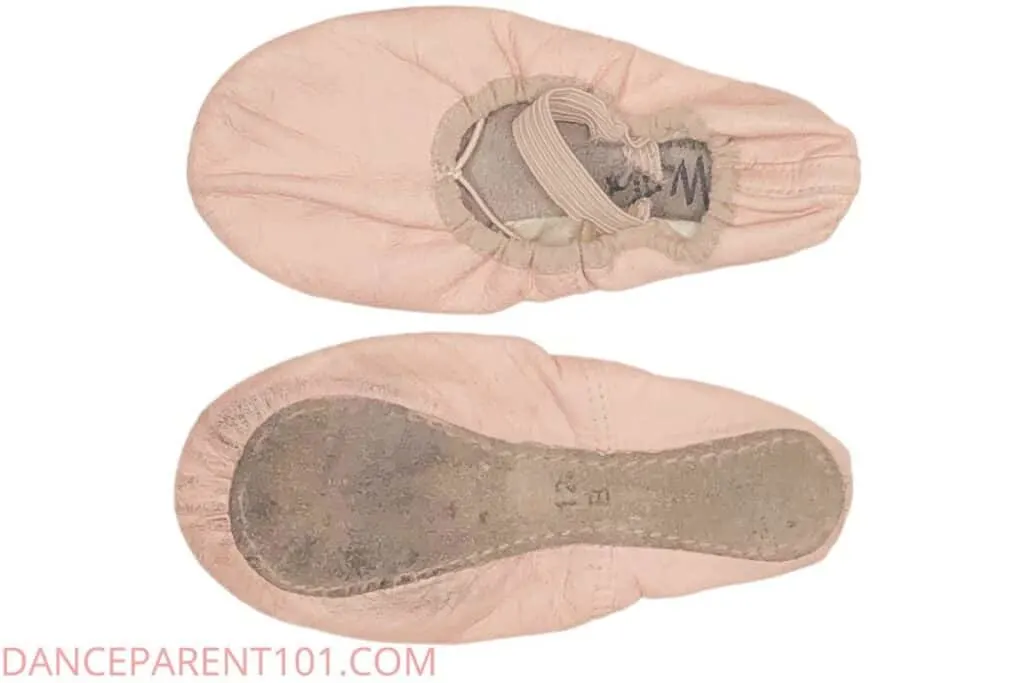
A “Full-sole” ballet shoe refers to the suede piece of material on the bottom of the shoe that supports the arch of the foot. A toddler or beginner dancer will often require a full-sole ballet shoe. This is because the muscles of the feet are being challenged in ballet class in a very focused way, and having that bit of support, small as it may seem, is helpful for young dancers to learn how to use their feet properly. A popular beginner, full-sole ballet shoe is made by Bloch which you can purchase by clicking on the link.
What Is a Split-Sole Ballet Shoe?
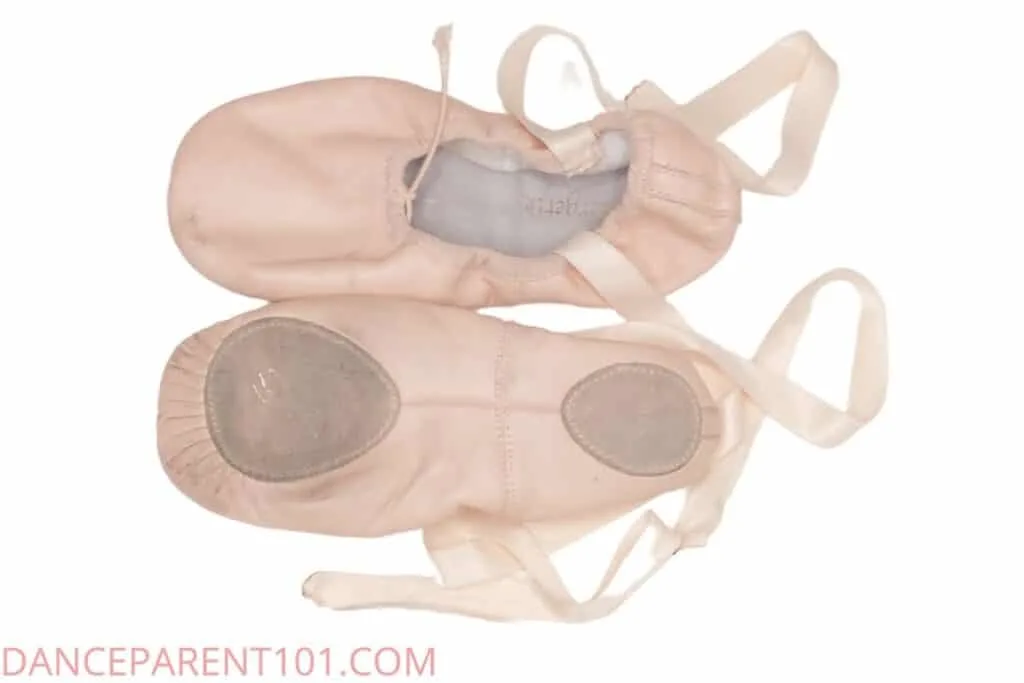
As dancers develop the muscles in their feet through ballet exercises, the aesthetics of their feet become more important. A split-sole shoe has that same piece of suede material on the bottom as the full-sole, just separated into two pieces, one on the ball of the foot and one on the heel.
Connecting the two pieces is the material of the ballet shoe, which hugs the arch of the foot and creates that lovely line of the foot that all ballet dancers aspire to. Split-sole shoes come in both leather or canvas. If your older, more advanced dancer is looking for a split-sole ballet shoe, try the Hanami Canvas Split-Sole Ballet Slipper by Capezio pictured here!
Should I Choose Leather or Canvas Ballet Shoes – The Pros and Cons?

Both leather and canvas ballet shoes have benefits to offer, and choosing between the two can be confusing if you don’t know what you’re looking for.
| Leather Ballet Shoe Pros | Canvas Ballet Shoe Pros |
|---|---|
| More durable and may last longer than canvas | Easier to clean, as they can be hand washed or tossed in the washing machine |
| Molds to the foot easier to create a nicer silhouette | Cheaper than leather |
| Can buy with neoprene support (MDM Ballet shoes) | Easier to mend |
| Can be painted to refresh color | Can be worn with single or double elastics |
| Can be worn with elastics or ribbons | As they are thinner can show articulation of the foot more easily than leather. |
| Come in split and full sole. |
| Leather Ballet Shoe Cons | Canvas Ballet Shoe Cons |
|---|---|
| May be sticky on certain floors, like Marley | May be slippery on certain floors, like hardwood |
| Difficult to clean | Stretch easier than leather and may become loose |
| Difficult to mend | Holes become larger faster due to fraying. |
| More expensive than canvas | Not generally worn with ribbons. |
| Normally split sole. |
If you are looking for a vegan ballet shoe, several brands offer this as a stock option, such as Sansha and SoDanca, and other companies offer vegan shoes as a special order, like Grishko.
Are Ballet Shoes Supposed To Be Tight?
Yes – ballet shoes are supposed to be tight, but not too tight! Ballet shoes are meant to fit like a sock, with little to no room to grow (sorry, parents!) As your dancer grows and uses the shoes in class, the leather will stretch and mold to their feet, which is why a leather shoe is important – synthetic materials will not stretch or give, resulting in you getting less use out of the shoes!
When you have your dancer fit for ballet shoes, be sure to have them wear tights or a try-on sock, so they know how the shoe will feel on their feet. Little feet may not be used to such tight shoes. Have your dancer wear them around the house a few times before class to get used to them!
Each brand has different sizing guides, so be sure to either have your dancer fitted at your local dancewear store, or do your due diligence in checking the sizing guides online. More often than not, your dancer will not wear their street shoe size in a dance shoe.
Does the Color of Ballet Shoes Matter?
If you are new to the dance world, you may be surprised to learn that “pink” often doesn’t look as pink as you think it should! This is normal for ballet shoes. Originally designed to look like a pale flesh tone on stage, ballet shoes and tights are now being made in more inclusive skin tones to better serve our diverse dance population.
Blendz Dance Apparel is a great option for ballet shoes that come in multiple skin tones! Check with your studio for their policies on shoe color.
What Kind of Ballet Shoe Is Best For a Beginner Child?
For preschool-aged dancers, most of the time the ideal ballet shoes are leather, full-soled, light pink, white, or skin tone in color, and include an attached elastic across the top of the foot as well as a drawstring to help tighten the shoe. The pictured shoe is a popular beginner, full-sole ballet shoe from Bloch which you can purchase by clicking on the image.
How much should Ballet Shoes cost?
Ballet shoes run from around $15 USD – $40 USD. Canvas shoes are generally at the cheaper end of the scale than leather ballet shoes and generally, when you are hitting the $40 mark it is because money has been spent by the manufacturer in developing and using cutting edge materials, design and technology, so it is important to take good care of your ballet shoes to maximize their usability.
New technology In Ballet Shoe Design
There have been a few companies recently releasing a new design of ballet shoe, where they claim that the addition of stitching and in some cases materials such as neoprene supports dancers’ feet. One such company is MDM and although their shoes are a little more expensive because of the extras they offer, but if you or your child has podiatry issues then a shoe offering more support may be what you need! You can check what MDM has to offer here!
The “Ballet Shoes” You Should Not Buy!
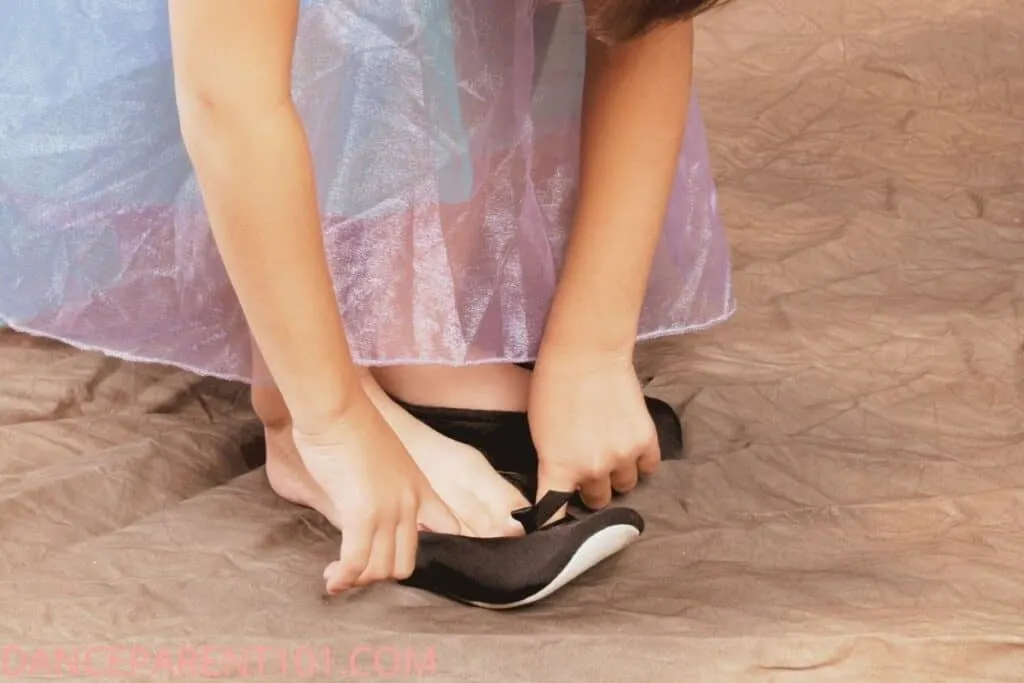
Many discount and online stores sell shoes that may look pretty, but aren’t real ballet shoes. Steer clear of shoes that look like bedroom slippers or house shoes, or are made of cheap, shiny fabric like sateen. These shoes are not meant for ballet class at any level, they are meant for play or dress up. You will want to stick with a dance brand of ballet shoe for your ballerina’s first shoes – look for brands like Capezio, Bloch, or SoDanca.
Some final advice on purchasing your Ballet Shoes
As you shop for ballet shoes, keep this information in mind so you can make the best decision for your dancer. Be sure to consult your studio’s dress code before purchasing, and allow your dancer to wear the shoes around the house before class to make sure they are comfortable. Happy dancing!
For more information about ballet shoes check out some of the articles below where you will find information about how to fit your toddler for ballet shoes, how to sew ribbons or elastics onto ballet shoes and more!
